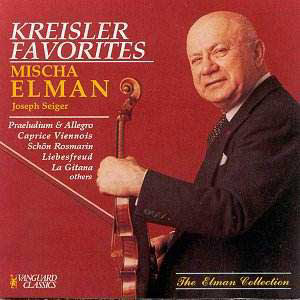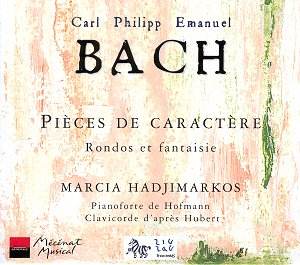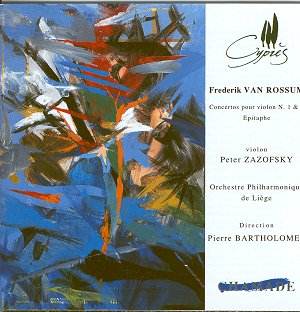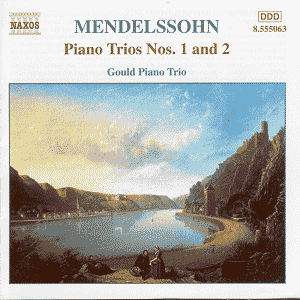 Composer: Fritz Kreisler
Composer: Fritz Kreisler
Works: Liebesfreud, Slavonic Dances Nos. 1 and 2 (Dvořák arr. Kreisler), Schon Rosmarin, La Gitana, Rondino on a Theme of Beethoven, Caprice Viennois, Malaguena in the style of Granados, Variations on a Theme of Corelli, Preghiera in the style of Martini, Allegretto in the style of Boccherini, Sicilienne and Rigaudon in the style of Francoeur, Praeludium and Allegro in the style of Pugnani, Andantino in the style of Martini, La Precieuse in the style of Couperin, Slavonic Fantasie (Dvořák-Kreisler)
Performers: Mischa Elman, violin; Joseph Seiger, piano
Recording: Manhattan Towers, New York, June 1960; last two pieces recorded October 1966
Label: Vanguard Classics OVC 8028
Fritz Kreisler, an iconic figure of the late Romantic period, is celebrated not merely for his virtuosic prowess but also for his ability to blend lyricism with a distinctively personal interpretative style. This collection of Kreisler favorites, performed by the venerable Mischa Elman and accompanied by Joseph Seiger, offers a window into the violinist’s interpretative choices during a career that spanned the early 20th century. The recording, while predating the digital era, encapsulates a rich historical context, showcasing works that are both technically engaging and emotionally resonant.
Elman’s interpretations are characterized by a striking interplay between technical fluidity and expressive depth, though the wear of age is palpably felt in these sessions. “Liebesfreud” opens the album with a warmth that evokes nostalgia, yet one can discern the deliberate articulation that hints at Elman’s increasingly cautious approach. The tempo is solid, but the phrasing lacks the spontaneity that marked his earlier performances, suggesting a musician grappling with the limitations imposed by age. The “Slavonic Dance No. 2,” arranged from Dvořák, retains a certain lushness, but it is marred by a lack of the vivacity and youthful exuberance which might have elevated the performance.
The vibrancy expected in “La Gitana” is tempered by a more restrained delivery. The narrative urgency so vital to the piece feels diluted, leaving one with an impression of enervation rather than the sultry intensity inherent in the work. This dichotomy between Elman’s historical prowess and the present limitations is particularly striking in the “Rondino on a Theme of Beethoven,” where his directness is commendable, yet the execution reveals a struggle with phrasing that detracts from the piece’s inherent charm.
Elman’s performance of “Caprice Viennois” is notable for its leisurely pace, lacking the spirited flair often associated with this piece. The sensuality that one might expect is absent, resulting in a rather flat interpretation. Conversely, the newly unearthed “Malaguena in the style of Granados” showcases Elman’s ability to evoke a sense of place, although it does not rise to the level of his more celebrated works. The “Variations on a Theme of Corelli” reveal technical challenges, with extraneous bowing noises detracting from the thematic restatement, yet Elman’s patrician charm still offers an alluring perspective.
The engineering quality of this recording, typical of the era, presents a warm, if somewhat constricted sound. There is a notable acoustic difference in the last two tracks, recorded in 1966, where an astringency in Elman’s tone becomes apparent, contrasting sharply with the lushness of earlier selections. This serves as a poignant reminder of his remarkable journey as a musician—one that has left an indelible mark on the landscape of violin performance.
The culmination of this collection reveals a complex portrait of Elman as both a masterful artist and a performer confronting the vicissitudes of age. While the technical imperfections and interpretative hesitations may frustrate purists, there remains an undeniable allure in Elman’s artistry—one that transcends mere virtuosity. This recording, while not without its limitations, stands as a testament to the enduring legacy of both Kreisler’s compositions and Elman’s interpretation, inviting listeners to appreciate the poignancy of music as a reflection of life’s journeys.



